Home>Furniture>Outdoor Furniture>What Is A Patio
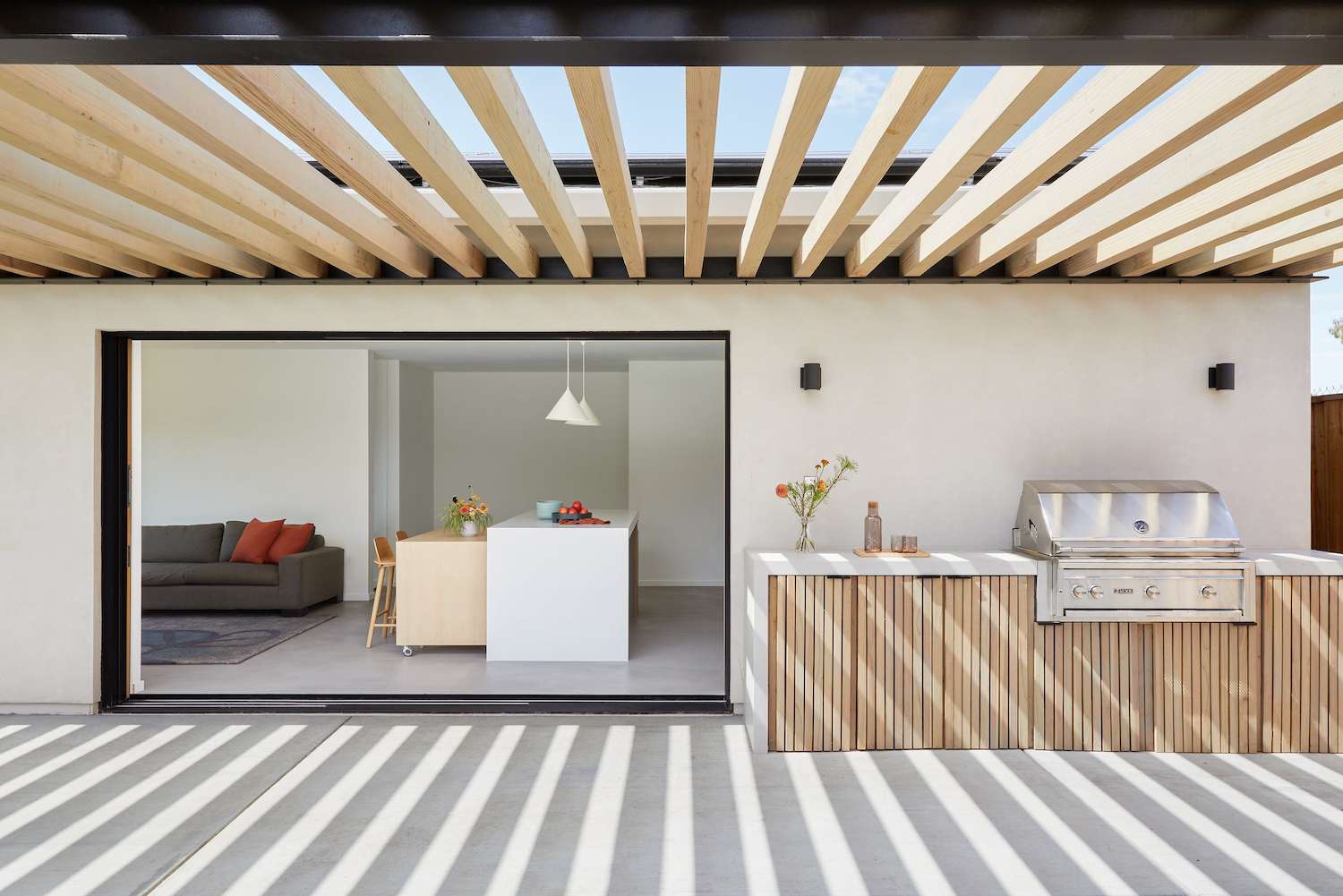

Outdoor Furniture
What Is A Patio
Modified: November 1, 2024
Discover the benefits of having a patio with comfortable outdoor furniture. Create a perfect outdoor space for entertaining and relaxation with our wide range of high-quality outdoor furniture options.
(Many of the links in this article redirect to a specific reviewed product. Your purchase of these products through affiliate links helps to generate commission for Storables.com, at no extra cost. Learn more)
Introduction
Welcome to the world of outdoor living! There’s nothing quite like spending time in the great outdoors, surrounded by nature and enjoying the fresh air. And what better way to enhance your outdoor experience than with a beautifully designed patio? In this article, we will explore the world of patios, discussing their definition, various types, materials used, benefits, design tips, maintenance, and even patio furniture and accessories.
A patio is an outdoor space that is typically connected to a house and is designed for relaxation, entertainment, and dining. It serves as an extension of your indoor living space, allowing you to enjoy the comforts of your home while immersing yourself in the beauty of the outdoors. Patios provide you with a versatile area where you can host gatherings, unwind after a long day, or simply bask in the sun with a good book.
There are several types of patios to choose from, each offering its own unique features and appeal. Some common types include:
- Open Patio: This is the most basic type of patio, usually an open-air space connected to the house.
- Screened-in Patio: This type of patio is enclosed with screening material to keep out bugs and provide a more intimate and protected space.
- Covered Patio: A covered patio is equipped with a roof, offering shade and protection from the elements.
- Enclosed Patio: This type of patio is fully enclosed with walls and windows, providing a comfortable and climate-controlled space.
When it comes to materials, there are numerous options available for building a patio. The choice of material depends on factors such as budget, style, durability, and maintenance requirements. Some popular choices include:
- Concrete: Concrete patios are versatile, cost-effective, and easy to maintain. They can be stamped, stained, or textured to create a variety of looks and finishes.
- Stone: Natural stone, such as sandstone or flagstone, adds a timeless and elegant touch to your patio. It is durable and resistant to the elements, but it can be more expensive.
- Brick: Brick patios offer a classic and rustic charm. They are durable, easy to install, and come in various colors and patterns.
- Wood: Wooden patios create a warm and inviting atmosphere. They require regular maintenance, but their natural beauty is hard to resist.
- Pavers: Pavers are interlocking concrete, stone, or brick units that are easy to install and allow for flexibility in design. They come in a wide range of colors, shapes, and patterns.
Now that we have covered the basics of patios, let’s explore the benefits of having one. A patio not only adds value to your home but also enhances your overall lifestyle. Here are some key advantages:
- Outdoor Entertainment: A patio provides the perfect setting for entertaining family and friends. Whether you’re hosting a barbecue, a cozy dinner party, or an outdoor movie night, your patio will be the go-to gathering spot.
- Al Fresco Dining: What’s better than enjoying a delicious meal in the fresh air? With a patio, you can create a cozy dining area and savor your meals outdoors whenever the weather permits.
- Relaxation and Recreation: The serene environment of your patio offers a peaceful retreat where you can unwind and recharge. You can set up a comfortable seating area or even add a hammock for the ultimate relaxation experience.
- Connection with Nature: Being outdoors has numerous health benefits, both physically and mentally. A patio allows you to immerse yourself in nature, enjoy beautiful views, and experience the calming effects of the outdoors.
In the next sections, we will provide design tips for creating an outdoor patio, discuss maintenance and care, and explore the world of patio furniture and accessories. So let’s dive in and discover how you can create your dream outdoor living space!
Key Takeaways:
- Patios are outdoor spaces connected to homes, perfect for relaxation, dining, and entertainment. They come in various types and materials, offering benefits like outdoor enjoyment and increased property value.
- Designing a patio involves creating zones, selecting durable furniture, and adding shade and lighting. Regular maintenance and carefully chosen accessories can enhance the patio’s functionality and aesthetic appeal.
Read more: What To Put On A Patio
Definition of a Patio
A patio is a dedicated outdoor living space that is typically attached to a house and designed for various activities such as relaxation, entertainment, and dining. It serves as an extension of your indoor living space, allowing you to enjoy the comforts of your home while being surrounded by the beauty of nature.
The word “patio” originated from the Spanish language, meaning “inner courtyard” or “back garden.” Traditionally, patios were small, enclosed areas located within the inner parts of a house or building, providing a private outdoor space for residents. However, over time, the concept of patios has evolved, and now they are often found at the rear or side of a house, offering a seamless transition between indoor and outdoor living.
Patios can be designed in various shapes and sizes, depending on the available space and the desired functionality. They can range from a simple open-air space with just a few chairs and a table to more elaborate designs featuring pergolas, fire pits, and outdoor kitchens.
One of the key features of a patio is its accessibility. Typically located at ground level, a patio is easily accessible from the inside of the house, making it convenient for hosting gatherings or simply relaxing outdoors. The seamless transition from indoor to outdoor spaces allows for a flow of movement, creating a harmonious connection between the two environments.
Another defining characteristic of a patio is its versatility. It can serve multiple purposes and be customized to suit individual preferences and lifestyle needs. For example, a patio can be a space for outdoor dining, where you can enjoy meals with family and friends. It can also be a tranquil retreat, with comfortable seating and greenery, providing a peaceful escape from the hustle and bustle of daily life.
Patios are not limited to just residential properties. They are also commonly found in commercial establishments such as restaurants, cafes, and hotels. These commercial patios are designed to accommodate larger groups of people and often feature outdoor seating, creating a welcoming and enjoyable atmosphere for guests.
Overall, a patio is a versatile and functional outdoor space that enhances the overall appeal of a property. It allows individuals to make the most of their outdoor surroundings, creating a place for relaxation, entertainment, and connection with nature. Whether it’s enjoying a cup of coffee in the morning sun or hosting a vibrant summer barbeque, a patio offers endless possibilities for outdoor enjoyment.
Types of Patios
When it comes to patios, there is a wide variety of options to choose from. Each type of patio offers its own unique features and advantages, allowing you to create a space that suits your preferences and lifestyle. Here are some common types of patios:
- Open Patio: This is the most basic type of patio, typically an open-air space attached to the house. It provides a versatile area for outdoor activities and can be customized to fit your needs. Whether you want to set up a seating area, create a garden oasis, or have space for kids to play, an open patio offers endless possibilities.
- Screened-in Patio: If you want to enjoy the outdoors while keeping bugs, mosquitoes, and other pests at bay, a screened-in patio is an excellent option. Enclosed with screening material, this type of patio provides a more intimate and protected space. It allows you to enjoy the fresh air and views without the annoyance of insects.
- Covered Patio: A covered patio offers protection from the elements, making it usable in various weather conditions. Whether it’s rain, intense sunlight, or even light snowfall, a covered patio allows you to stay outdoors and enjoy your outdoor space year-round. It provides shade, keeping you cool during hot summer days, and allows you to stay dry during unexpected showers.
- Enclosed Patio: An enclosed patio takes outdoor living to a whole new level by fully enclosing the space with walls and windows. This type of patio creates a comfortable and climate-controlled area, allowing you to enjoy the outdoors regardless of the weather. It can be designed as an extension of your indoor living space, with insulation and heating or cooling systems, enabling you to use it throughout the year.
- Rooftop Patio: For those living in urban areas with limited space, a rooftop patio is an ideal solution. Utilizing the available roof space, this type of patio allows you to create a private oasis above the city. Whether it’s a small balcony or a sprawling rooftop garden, a rooftop patio offers stunning views, fresh air, and a serene outdoor environment.
Each type of patio offers its own advantages and can be customized to suit your personal style and needs. Consider factors such as the available space, climate, and the activities you wish to enjoy on your patio when choosing the type that is right for you. With the right design and materials, your patio will become a space where you can relax, entertain, and create lasting memories.
Materials Used for Patios
When it comes to building a patio, choosing the right materials is essential. The materials you select will not only determine the durability and longevity of your patio but also contribute to its overall aesthetic appeal. There are various options available, each with its own unique characteristics and benefits. Here are some popular materials used for patios:
- Concrete: Concrete is one of the most common materials used for patios due to its versatility, durability, and affordability. It can be poured into any shape and size, allowing for customizable designs. Concrete patios can be plain or stamped, giving them the appearance of natural stone or brick. They are low-maintenance, resistant to the elements, and can last for decades with proper care.
- Stone: Natural stone, such as sandstone and flagstone, adds a timeless and elegant touch to patios. It is available in a variety of colors, shapes, and sizes, allowing for unique and beautiful designs. Stone patios are durable, resistant to fading, and can withstand heavy foot traffic. They require minimal maintenance and can last a lifetime with proper sealing and care.
- Brick: Brick patios are renowned for their classic and rustic charm. They offer a distinct aesthetic appeal and are available in various colors and patterns. Brick is durable, resistant to weathering, and can handle heavy use. It is an ideal choice for those seeking a traditional and timeless look for their patio.
- Wood: Wood patios create a warm and inviting atmosphere and blend seamlessly with natural surroundings. They are commonly made from hardwoods such as teak, cedar, or redwood, known for their durability and resistance to decay. Wood patios may require regular maintenance, such as staining and sealing, to protect against moisture and prolong their lifespan. They offer a natural and organic feel, perfect for those preferring a cozy and rustic aesthetic.
- Pavers: Pavers are interlocking units made from concrete, stone, or brick. They are available in various shapes, sizes, and colors, offering endless design possibilities. Pavers are easy to install, as they can simply be placed on a bed of sand or gravel. They provide a flexible and durable surface that allows for easy repairs and alterations. Paver patios are known for their stability, longevity, and low maintenance.
- Gravel: Gravel patios offer a more casual and affordable option. Gravel is available in different sizes and colors, allowing you to create a unique and textured surface. A gravel patio is permeable, allowing water to soak through, which can be advantageous in areas prone to rain. It provides a natural and informal look, perfect for a relaxed and casual outdoor space.
When choosing the materials for your patio, consider factors such as your budget, desired aesthetic, maintenance requirements, and the climate in your area. Additionally, ensure that the materials you select are suitable for the activities you plan to do on your patio. By selecting the right materials, you can create a beautiful and functional patio that will stand the test of time and be enjoyed for years to come.
Benefits of Having a Patio
Having a patio is not only a great way to enhance the visual appeal of your home, but it also offers a multitude of benefits that can significantly improve your overall lifestyle. Whether you’re looking to host outdoor gatherings, enjoy peaceful moments of relaxation, or simply connect with nature, a patio provides the perfect space to do so. Here are some of the key benefits of having a patio:
- Outdoor Entertainment: One of the biggest advantages of having a patio is the ability to host outdoor gatherings and entertain family and friends. Whether it’s a barbeque, a birthday party, or a casual get-together, your patio serves as an inviting and convenient space for socializing and creating lasting memories.
- Al Fresco Dining: There’s something magical about dining in the fresh air. With a patio, you have the option to create a dedicated outdoor dining area where you can savor your meals amidst the beauty of nature. Whether it’s a romantic dinner for two or a family dinner under the stars, al fresco dining adds a special touch to your culinary experiences.
- Relaxation and Recreation: Your patio can be a tranquil retreat where you can unwind and recharge. Set up a comfortable seating area with cozy cushions and lounge chairs, and create a soothing ambiance with outdoor lighting and soft music. It’s the perfect space to read a book, meditate, practice yoga, or simply enjoy moments of peace and quiet.
- Connection with Nature: Spending time outdoors has numerous health benefits, both physically and mentally. A patio allows you to immerse yourself in nature, breathe in fresh air, and enjoy the beauty of your surroundings. It provides a space where you can relax, rejuvenate, and reconnect with the natural world, reducing stress and boosting your overall well-being.
- Extension of Living Space: A patio effectively extends your indoor living space, providing an additional area for everyday activities. It allows you to break free from the confines of your home and enjoy the benefits of outdoor living. Whether you want to have your morning coffee, work from home, or spend quality time with your loved ones, a patio offers a versatile and comfortable space to do so.
- Increase in Property Value: Adding a well-designed and functional patio to your home can significantly increase its value. Patios are sought after by homebuyers as they offer an attractive outdoor space for relaxation and entertainment. Investing in a patio not only enhances your current lifestyle but also serves as a smart financial decision.
Whether you enjoy hosting social gatherings, quiet evenings under the stars, or simply basking in the beauty of nature, having a patio provides you with a dedicated space to do so. From outdoor entertainment to personal retreat, the benefits of having a patio are undeniable. It is a versatile and functional addition to your home that enhances your overall quality of life and allows you to make the most of your outdoor space.
A patio is an outdoor space usually located at the back of a house, often paved and used for dining, entertaining, or relaxing. It can be made of concrete, stone, brick, or other materials.
Read more: What Is A Paver Patio
Design Tips for Creating an Outdoor Patio
Designing your outdoor patio is an opportunity to transform an empty space into a stunning and functional area that reflects your personal style and enhances your outdoor living experience. Whether you have a small or large patio area, here are some design tips to consider when creating your dream outdoor space:
- Determine the Purpose: Before diving into the design process, determine how you plan to use your patio. Is it primarily for hosting parties and entertaining guests, or do you envision it as a peaceful oasis for relaxation? Understanding the purpose will help guide your design choices.
- Create Zones: Divide your patio into distinct zones based on how you plan to use the space. For example, you might have a dining area with a table and seating, a lounging area with comfortable chairs or sofas, and a greenery-filled corner with potted plants. Creating zones adds functionality and visual interest to your patio.
- Select the Right Furniture: Choose outdoor furniture that is both comfortable and durable. Opt for materials that can withstand the elements and require minimal maintenance. Consider the size of your patio and select furniture that fits the scale of the space. Mix and match different types of seating to add visual appeal.
- Integrate Shade and Privacy: Incorporate shade elements to ensure that you can use your patio even on hot and sunny days. Options include pergolas, umbrellas, retractable awnings, or a combination of shade sails. Additionally, consider privacy screens or tall plants to provide some seclusion and create an intimate atmosphere.
- Add Lighting: Outdoor lighting is essential for creating ambiance and extending the usability of your patio into the evenings. Use a combination of task lighting, such as overhead lights or lanterns for specific areas, and ambient lighting, such as string lights or pathway lighting, to create a warm and inviting atmosphere.
- Incorporate Greenery: Plants and greenery can add life and freshness to your patio design. Incorporate potted plants, hanging baskets, or a vertical garden to bring nature closer to you. Consider the sunlight and wind conditions of your patio when choosing plants and position them strategically to enhance the overall aesthetic.
- Pick the Right Flooring: The choice of flooring for your patio can significantly impact the overall look and feel. Consider materials such as natural stone, concrete, pavers, or wood decking, that suit your style and maintenance preferences. Ensure that the flooring is slip-resistant and can withstand outdoor elements.
- Add Decorative Elements: Personalize your patio with decorative elements that suit your taste. This could include outdoor rugs, throw pillows, artwork, or even a fire pit or water feature. These elements add personality and create an inviting outdoor space.
- Consider Climate and Maintenance: Take into account the climate of your area when choosing materials and plants. Opt for materials that can withstand your local weather conditions and require minimal maintenance. Choose plants that are suitable for your climate and consider drought-resistant options for easier care.
- Keep Flexibility in Mind: Design your patio with flexibility in mind so that you can easily change and adapt the space as needed. Consider portable furniture that can be rearranged, modular seating options, and versatile storage solutions to accommodate different activities and future needs.
Remember, the design of your outdoor patio should be a reflection of your personality and lifestyle. Consider these design tips as a starting point and let your creativity guide you in creating an outdoor space that you and your loved ones will enjoy for years to come.
Maintenance and Care of Patios
Regular maintenance and care are essential to keep your patio looking its best and prolong its lifespan. By implementing a routine maintenance plan, you can ensure that your patio remains in top condition and continues to be a welcoming space for you and your guests. Here are some important maintenance and care tips for your patio:
- Cleaning: Regular cleaning is crucial to remove dirt, debris, and stains from your patio’s surface. Sweep or use a leaf blower to remove loose dirt and leaves. For more stubborn stains, use a mild detergent and water with a brush or pressure washer. Avoid using harsh chemicals that may damage the surface or surrounding vegetation.
- Weed Control: Keep an eye out for any weeds or unwanted vegetation that may sprout between pavers or cracks in your patio. Regularly pull out weeds by hand or use a weed killer specifically designed for use on patios. Preventing weeds from taking root will help maintain the integrity of your patio’s surface.
- Sealing: Depending on the material of your patio, it may require periodic sealing to protect it from weather damage and to enhance its appearance. Concrete and natural stones like slate and flagstone benefit from sealing to prevent moisture absorption and staining. Follow manufacturer guidelines on when and how to seal your patio.
- Inspect and Repair: Regularly inspect your patio for any signs of damage such as cracks, chips, or loose pavers. Fix any issues promptly to prevent them from worsening. For minor cracks or chips, you can often repair them with a patching compound or suitable filler. For extensive damage, it may be necessary to call a professional for repairs.
- Protective Measures: Use protective measures to prevent damage to your patio. Place furniture glides or pads under heavy furniture to prevent scratching or indentations. Consider using coasters or mats for drinks and planters to avoid staining or discoloration. Protect your patio from extreme heat or freezing temperatures by using covers or moving sensitive items indoors during harsh weather conditions.
- Regular Inspection of Drainage: Ensure that your patio has proper drainage to prevent pooling water, which can cause issues such as erosion or damage to the patio surface. Clear any debris from gutters and downspouts that may affect the drainage system. If necessary, install additional drainage solutions such as French drains or channel drains to divert water away from the patio area.
- Snow and Ice Removal: If you live in an area with freezing temperatures and snowfall, it’s important to remove snow and ice from your patio to prevent damage. Use a plastic shovel or snow blower to clear snow, taking care not to scrape or chip the patio surface. Avoid using chemical de-icers that may harm the patio material, surrounding vegetation, or pets.
- Regular Maintenance of Surrounding Landscaping: The landscaping around your patio can impact its maintenance. Trim back tree branches or shrubs that may overhang the patio and drop debris. Clean out gutters regularly to prevent leaves and dirt from clogging the drainage system. Regularly water and fertilize plants to maintain their health without excessive water runoff onto your patio.
By following these maintenance and care tips, you can keep your patio in optimal condition and extend its longevity. A well-maintained patio will not only enhance the beauty of your outdoor space but also provide you with a durable and enjoyable area to relax, entertain, and make lasting memories for years to come.
Patio Furniture and Accessories
Patio furniture and accessories play a crucial role in creating a comfortable and inviting outdoor space. They not only add functionality to your patio but also contribute to its overall aesthetic appeal. Here are some popular patio furniture and accessory options to consider:
- Seating Options: Comfortable seating is a must-have for any patio. Depending on the size of your patio and your desired style, you can choose from a variety of options. Outdoor sofas and sectionals provide ample seating for larger gatherings, while lounge chairs offer individual relaxation. Adirondack chairs, hammocks, and swinging benches add a cozy and laid-back vibe.
- Dining Sets: If you plan to enjoy meals outdoors or entertain guests, a dining set is essential. Choose a table and chairs that match your style and the size of your patio. Options range from small bistro sets for intimate gatherings to larger dining sets that can accommodate larger groups. Consider materials that are weather-resistant and easy to clean.
- Umbrellas and Shade Accessories: Shade is crucial for comfort on sunny days. Patio umbrellas provide instant shade and protection from the sun’s rays. They come in various sizes, shapes, and styles to suit your needs. Additionally, consider adding shade accessories like shade sails, pergolas, or retractable awnings to provide additional shaded areas on your patio.
- Outdoor Lighting: Outdoor lighting enhances the ambiance and functionality of your patio. String lights, lanterns, and pathway lights add a warm and inviting glow. Install task lighting near seating areas and dining spaces for practical use. Solar-powered lights are an eco-friendly option, while low-voltage and LED lights offer energy efficiency.
- Outdoor Rugs: Outdoor rugs can help define and anchor different zones on your patio. They add color, texture, and comfort underfoot. Opt for rugs made from durable, weather-resistant materials that are easy to clean.
- Cushions and Pillows: Add comfort and style to your patio furniture with cushions and pillows. Look for outdoor cushions that are weather-resistant, quick-drying, and resistant to fading. Choose fabrics that are easy to clean and maintain.
- Planters and Greenery: Incorporate planters and greenery to bring life and freshness to your patio. Use a variety of plant sizes, shapes, and colors to create visual interest. Consider potted plants, hanging baskets, and vertical gardens to maximize space.
- Fire Pit or Outdoor Fireplace: A fire pit or outdoor fireplace can add warmth, ambiance, and functionality to your patio. It creates a cozy gathering spot for cool evenings and extends the usability of your outdoor space into the colder months. Choose a style that complements your patio’s design and select appropriate seating around the fire feature.
- Outdoor Kitchen and Bar: If you enjoy cooking and entertaining, consider adding an outdoor kitchen and bar area. This can include a built-in grill, countertop space, a sink, and storage. It’s the perfect setup for hosting outdoor parties and enjoying al fresco dining.
- Decorative Accents: Add personality and charm to your patio with decorative accents. This can include outdoor artwork, sculptures, wind chimes, or even a water feature. Choose accents that complement your patio’s style and add a personal touch.
When selecting patio furniture and accessories, consider your lifestyle, available space, and desired functionality. Choose materials that are durable, weather-resistant, and require minimal maintenance. By carefully curating your patio furniture and accessories, you can create a functional and beautiful outdoor space where you can relax, entertain, and enjoy the beauty of nature with friends and family.
Conclusion
Creating an outdoor patio is a wonderful way to enhance your outdoor living experience and make the most of your outdoor space. Whether you have a small balcony or a sprawling backyard, a well-designed and carefully curated patio can become a haven for relaxation, entertainment, and connection with nature.
In this article, we explored the definition of a patio and discussed the various types of patios you can choose from, depending on your preferences and needs. We also delved into the different materials used for patio construction, helping you make an informed decision about what best suits your style, budget, and maintenance requirements.
We then explored the numerous benefits of having a patio. From outdoor entertainment and al fresco dining to relaxation and connection with nature, a patio offers countless opportunities to enhance your lifestyle and create memorable experiences with your loved ones.
We provided design tips for creating your own outdoor patio, emphasizing the importance of determining its purpose, creating different zones, selecting the right furniture and accessories, and considering factors such as climate and maintenance. With these tips in mind, you will be able to design a functional, beautiful, and personalized outdoor space that reflects your unique style and preferences.
We also discussed the importance of patio maintenance and care. Regular cleaning, weed control, sealing, inspecting and repairing, and implementing protective measures all contribute to the longevity and aesthetics of your patio. By following these maintenance practices, you can ensure that your patio remains in optimal condition and continues to be a welcoming and enjoyable space for years to come.
Finally, we explored the world of patio furniture and accessories. From seating options and dining sets to umbrellas, outdoor lighting, and decorative accents, we highlighted the importance of choosing functional and durable furniture and thoughtfully incorporating accessories that complement your patio’s design and enhance its overall ambiance.
In conclusion, a well-designed patio is more than just an outdoor space. It is an extension of your home, a place where you can create lasting memories, unwind, and connect with the beauty of nature. By considering the tips and information in this article, you’ll be well-equipped to create your dream outdoor living space and transform your ordinary patio into an extraordinary retreat.
Frequently Asked Questions about What Is A Patio
Was this page helpful?
At Storables.com, we guarantee accurate and reliable information. Our content, validated by Expert Board Contributors, is crafted following stringent Editorial Policies. We're committed to providing you with well-researched, expert-backed insights for all your informational needs.
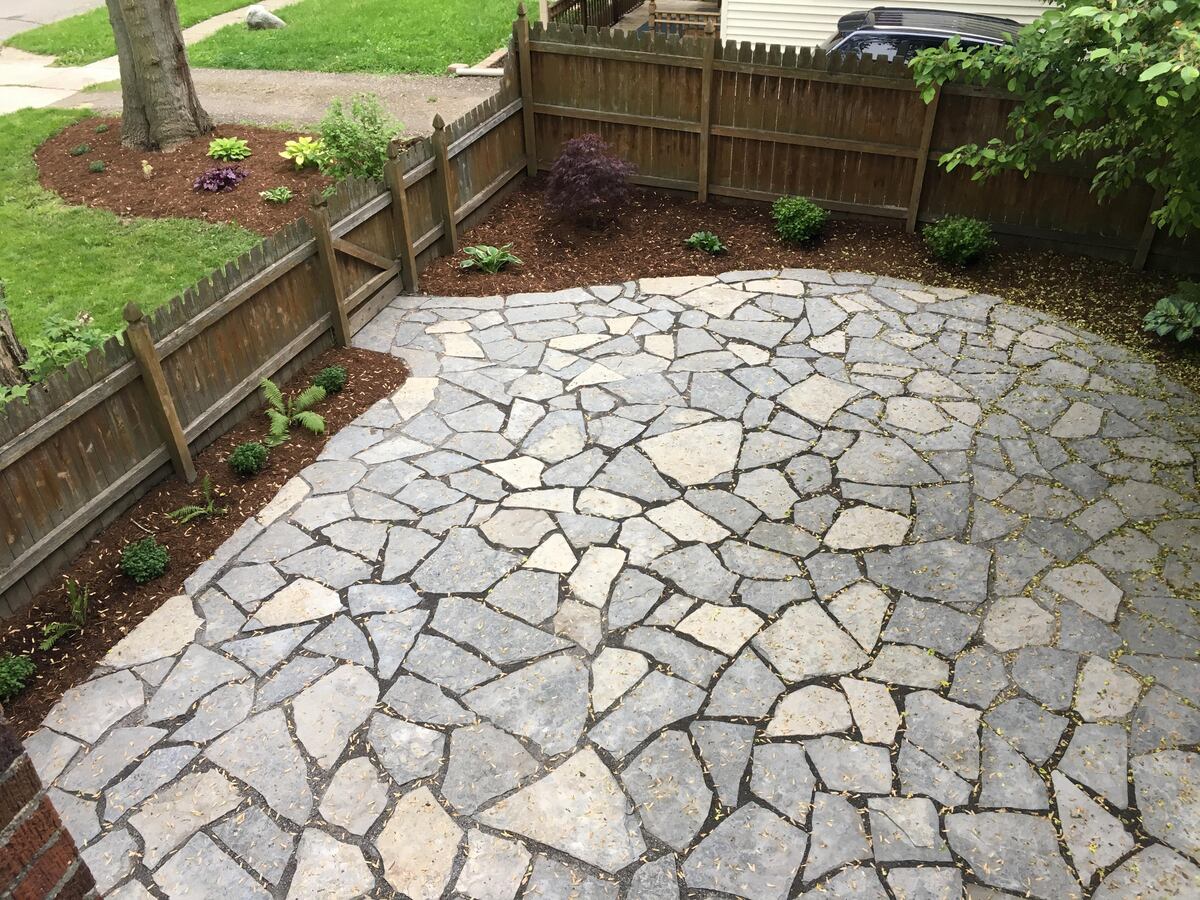
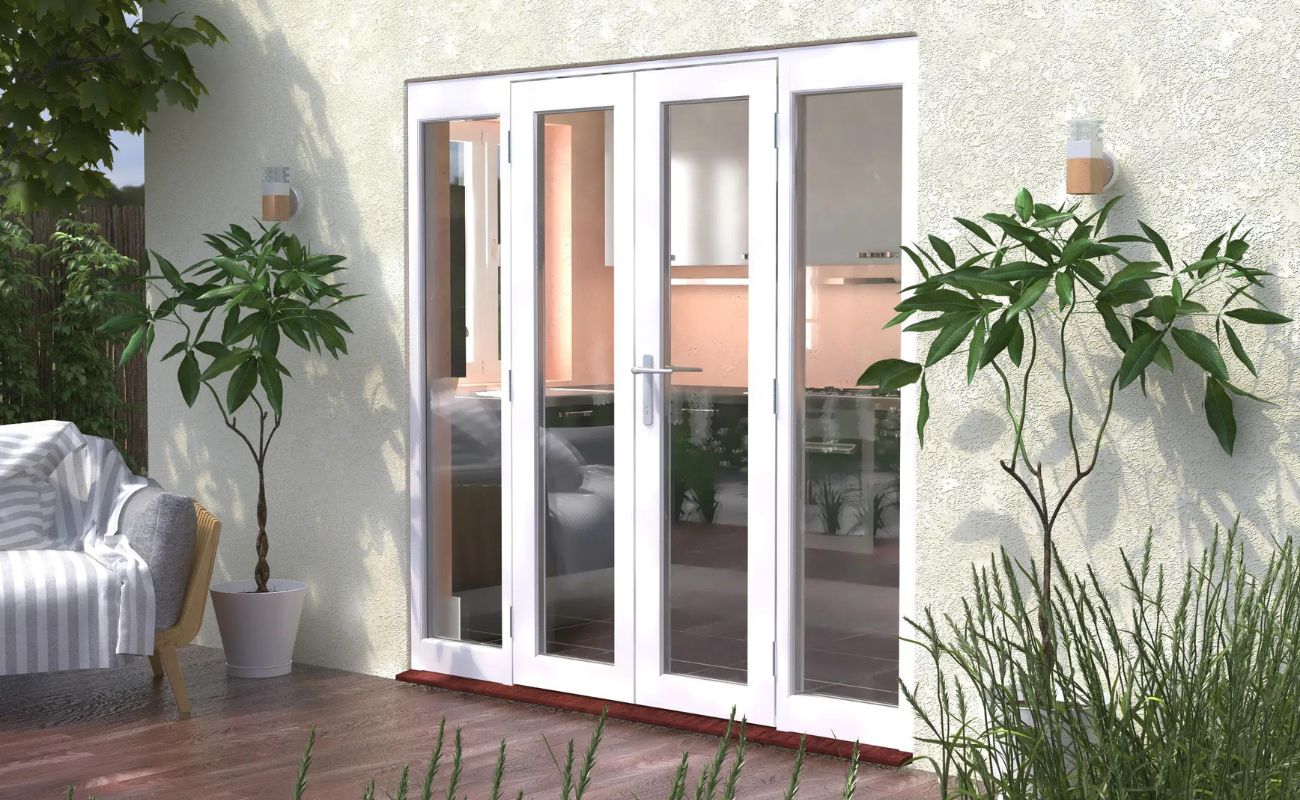
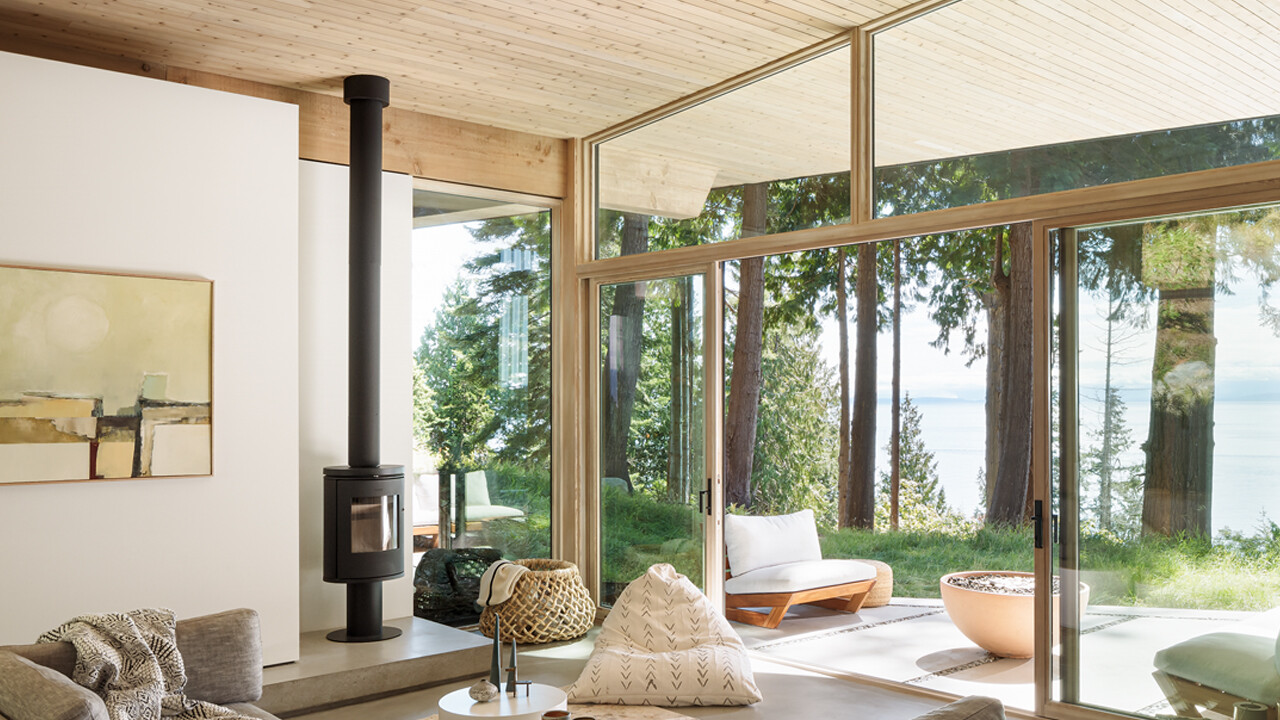
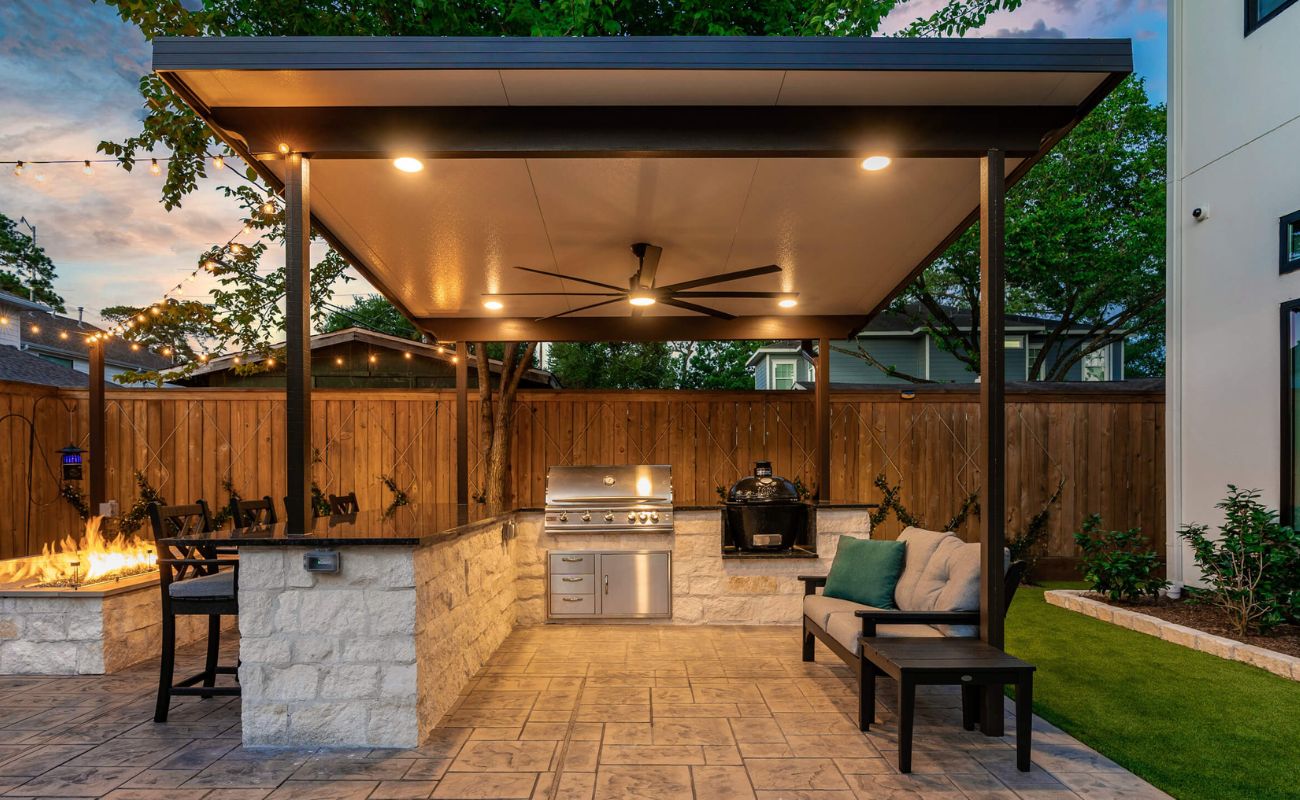
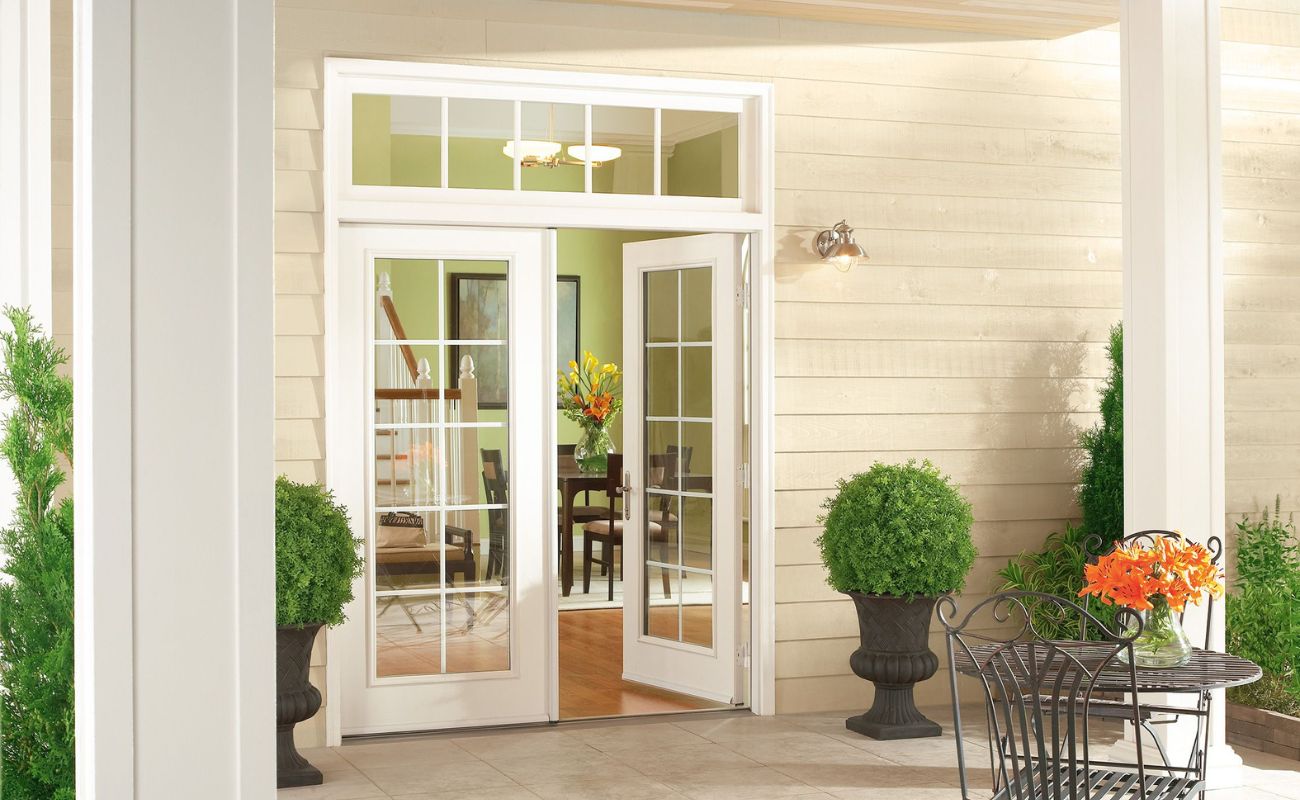
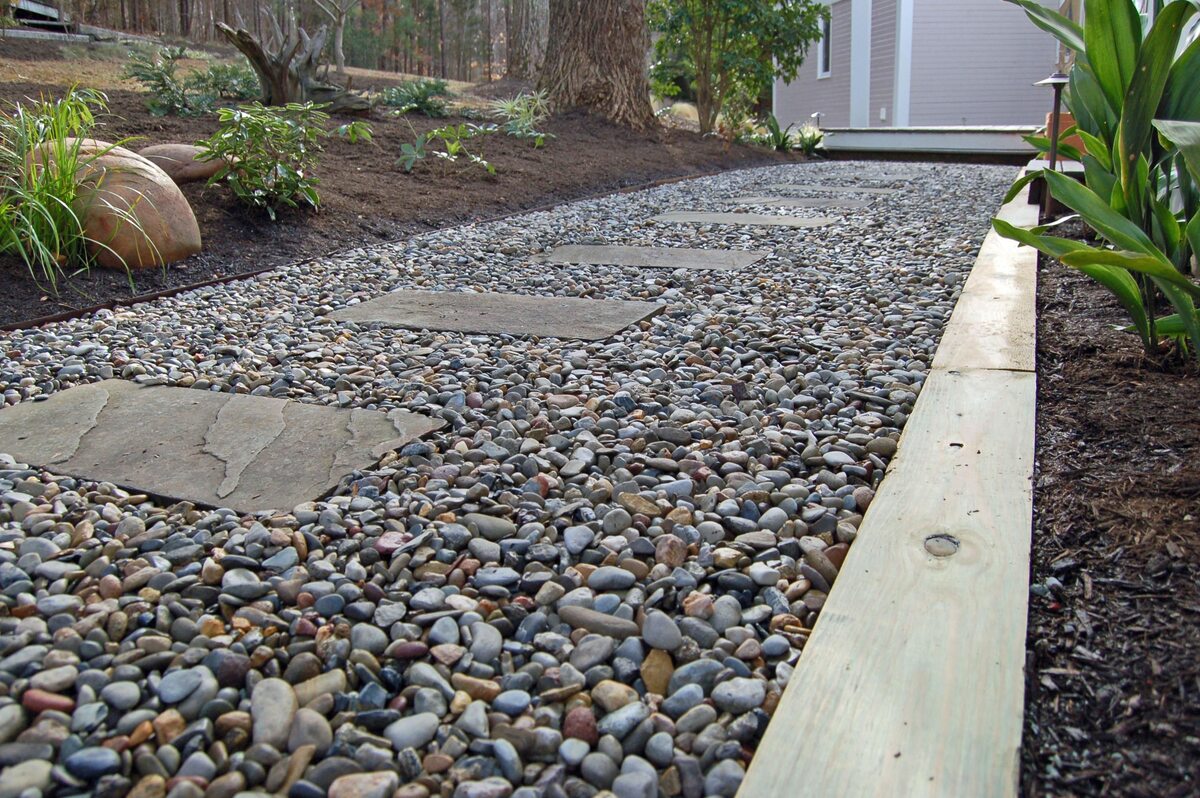
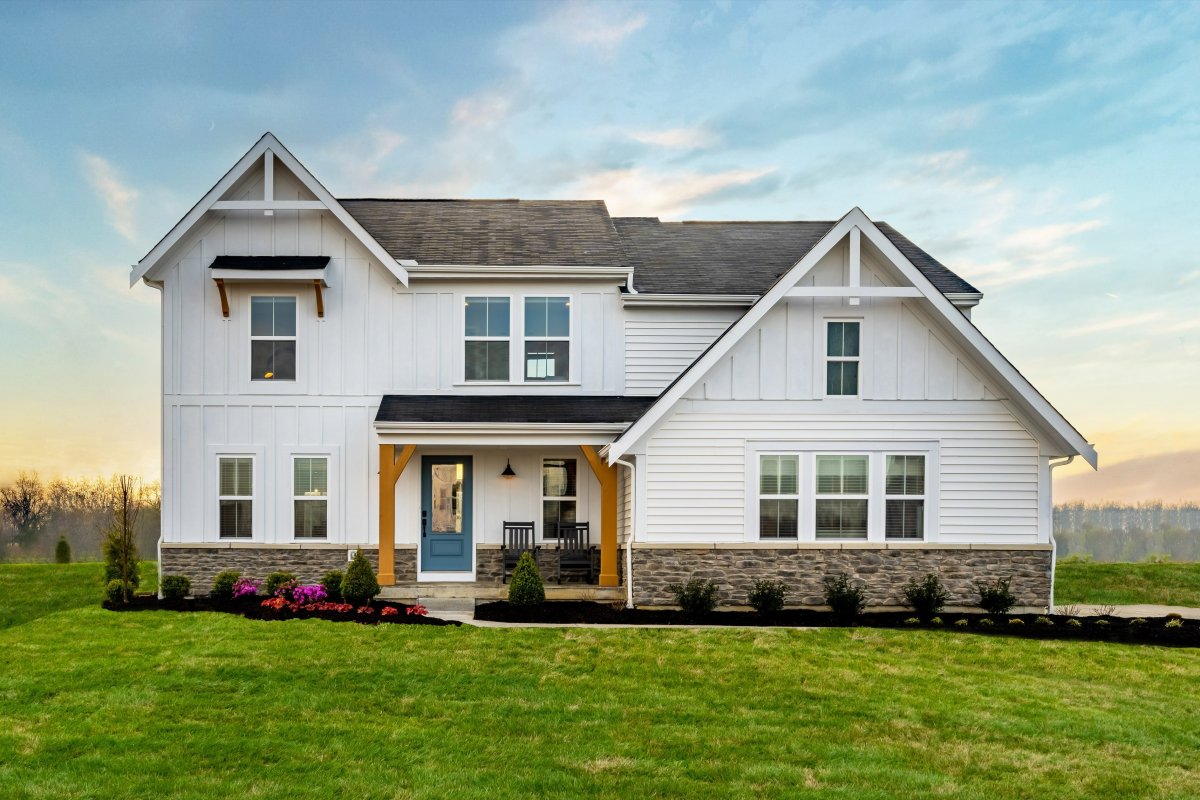
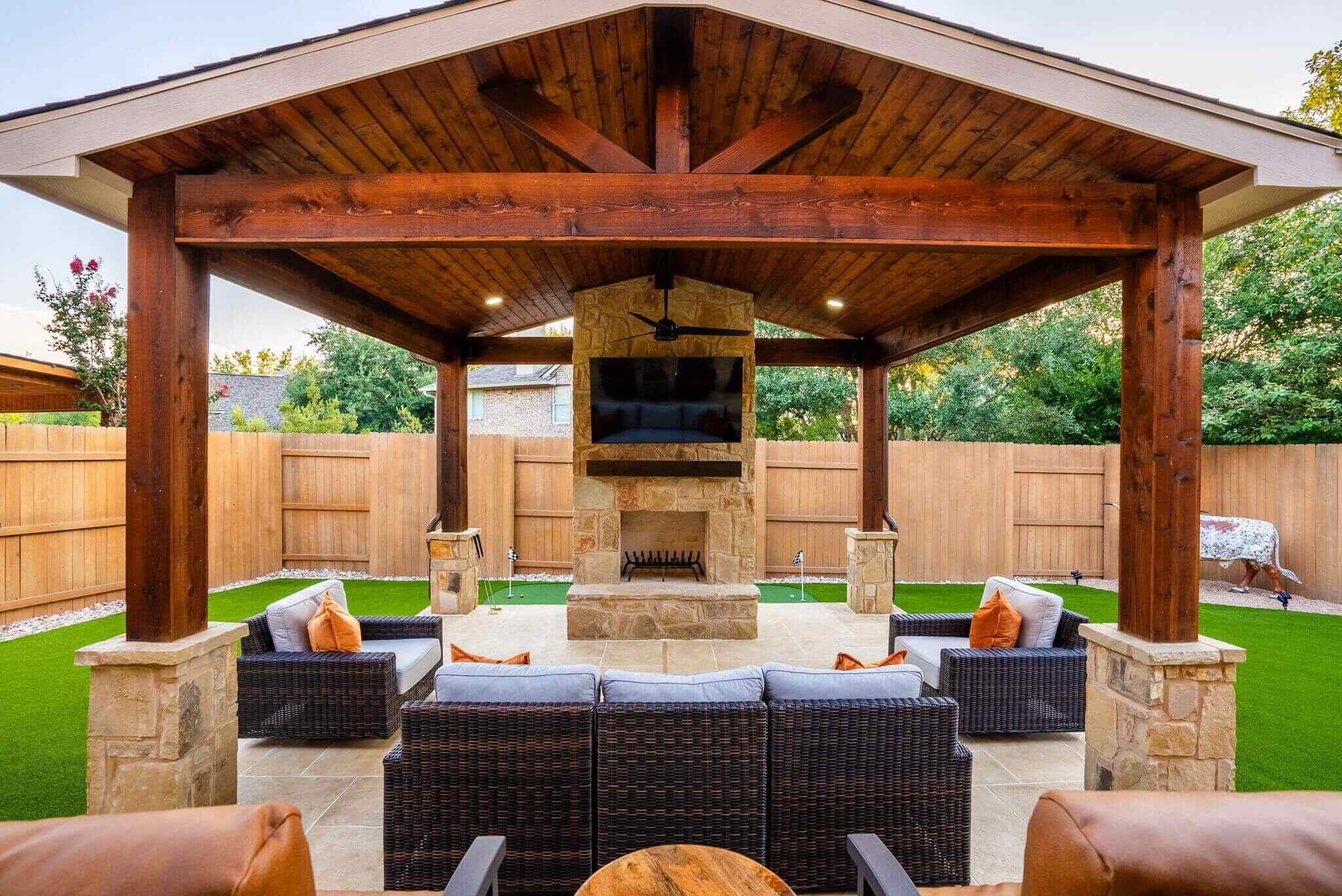
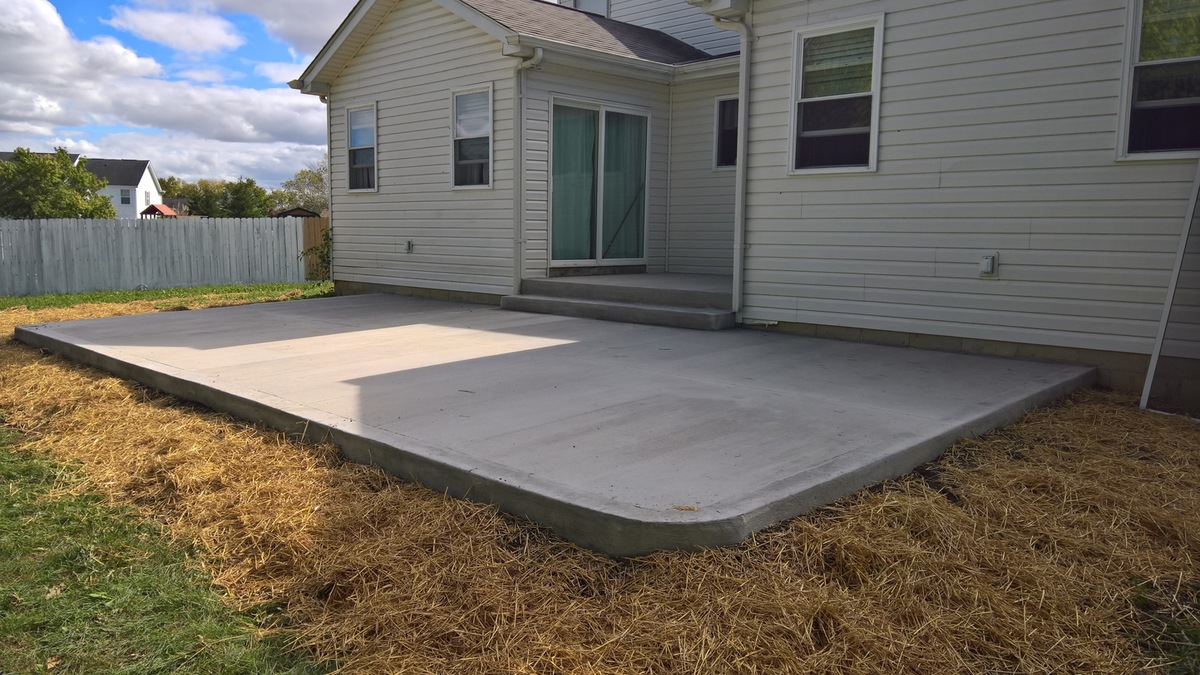
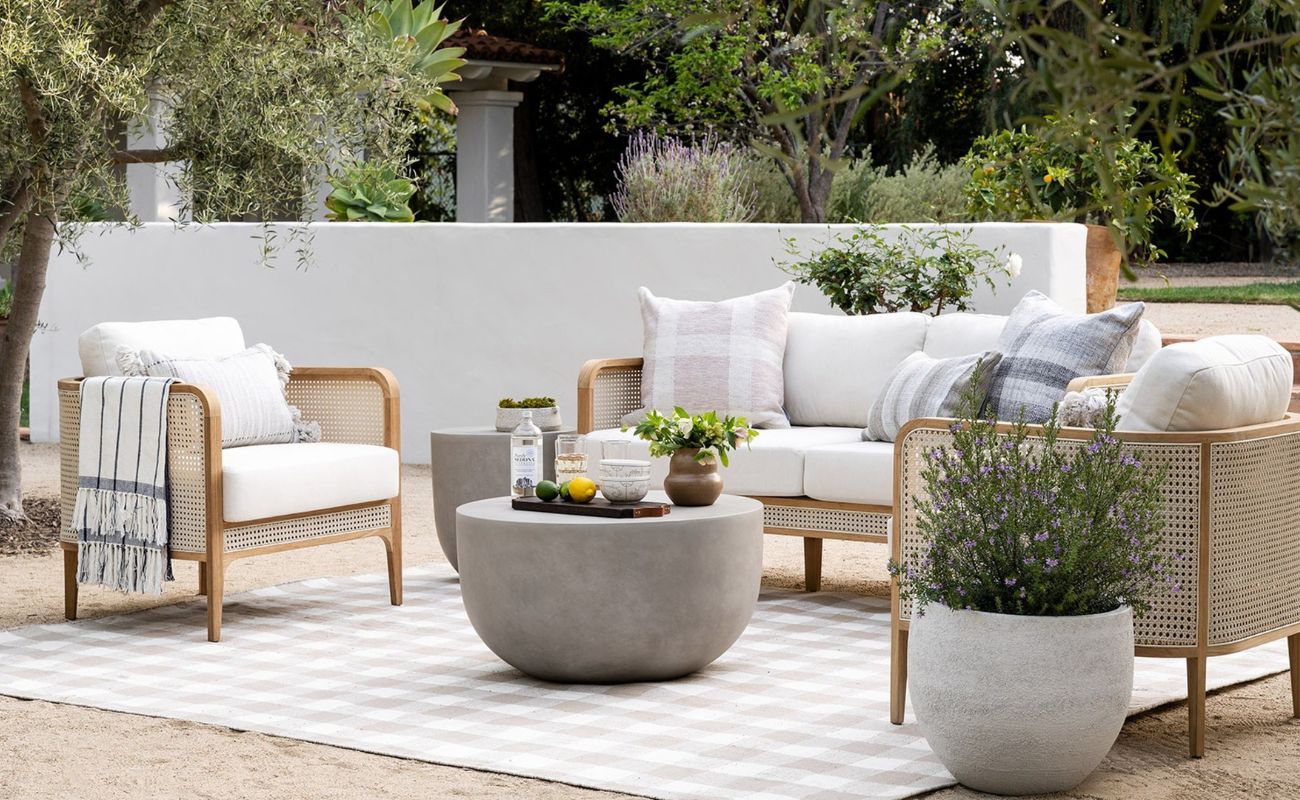
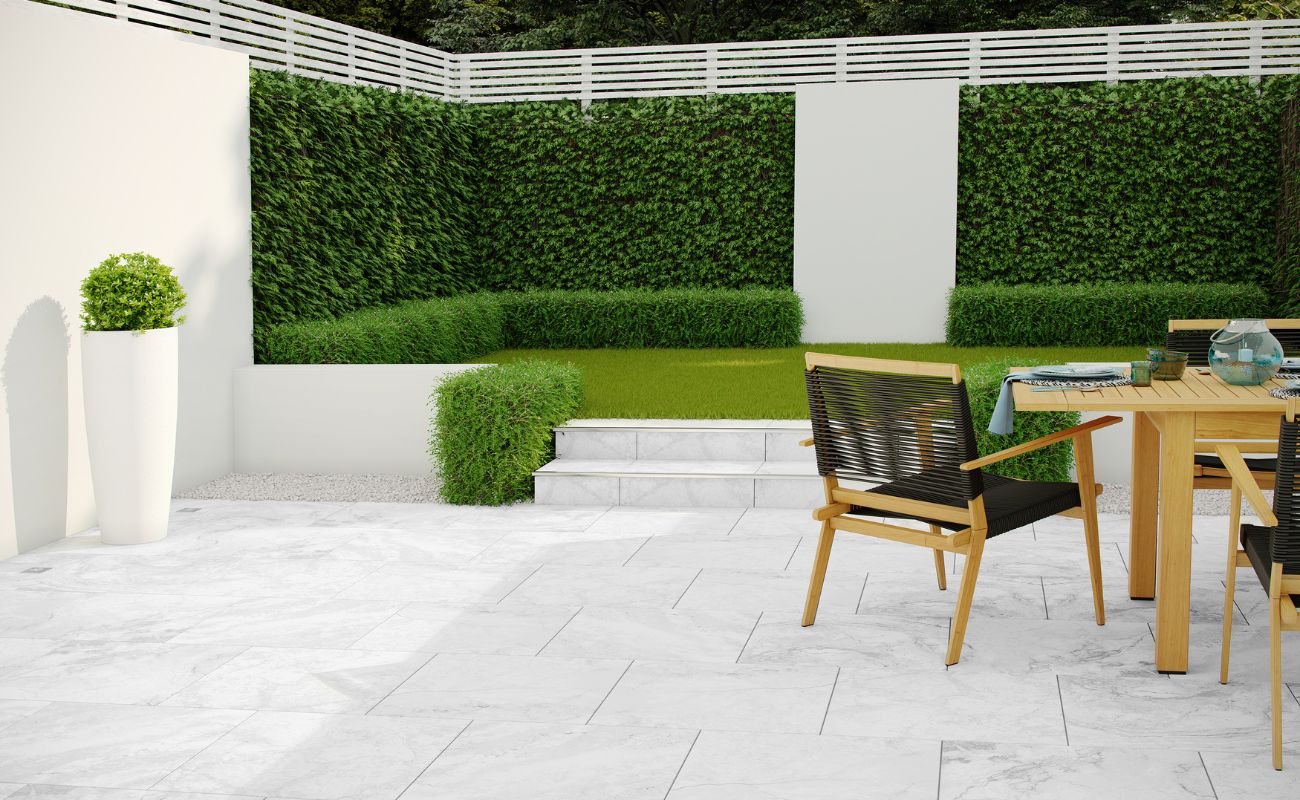
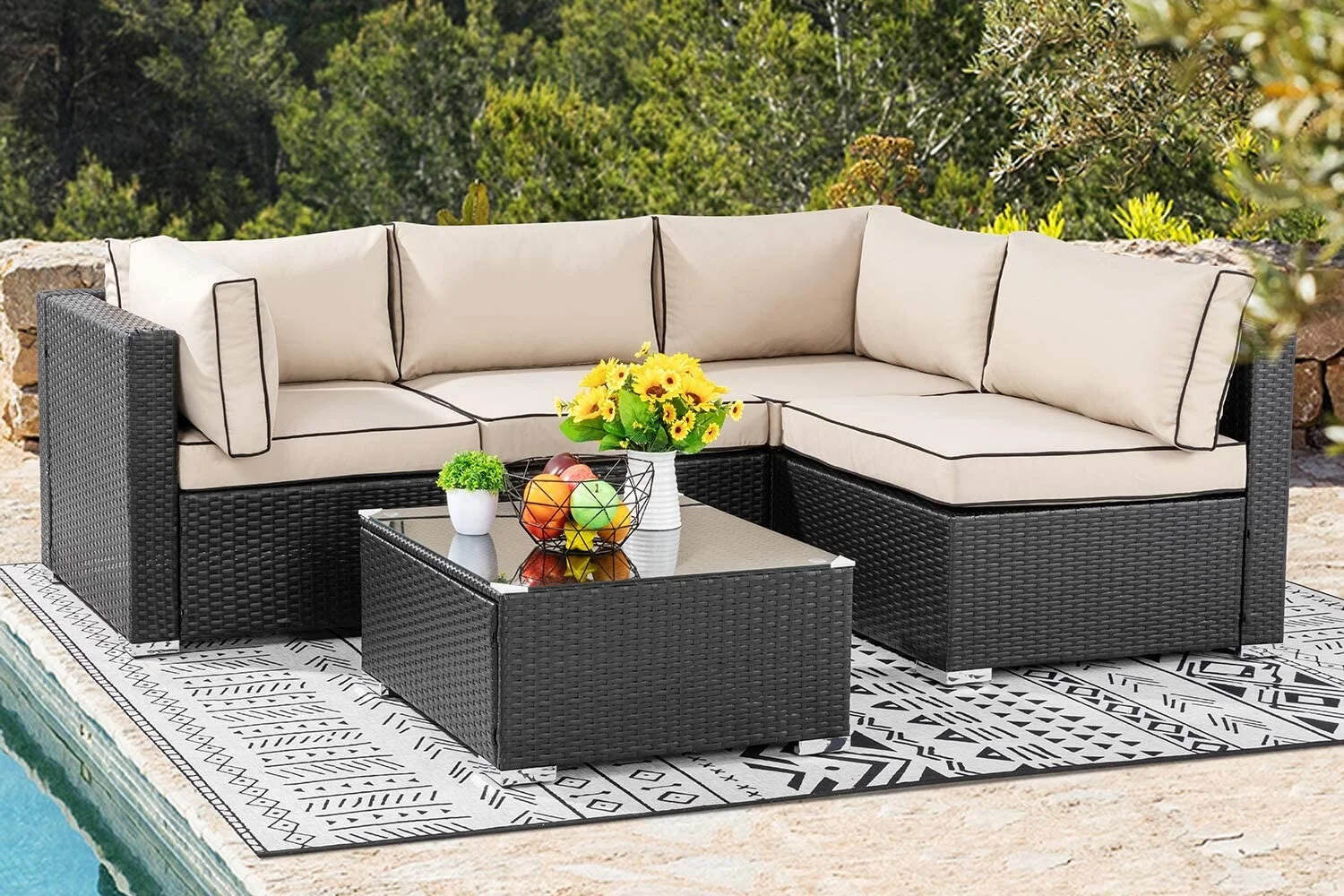
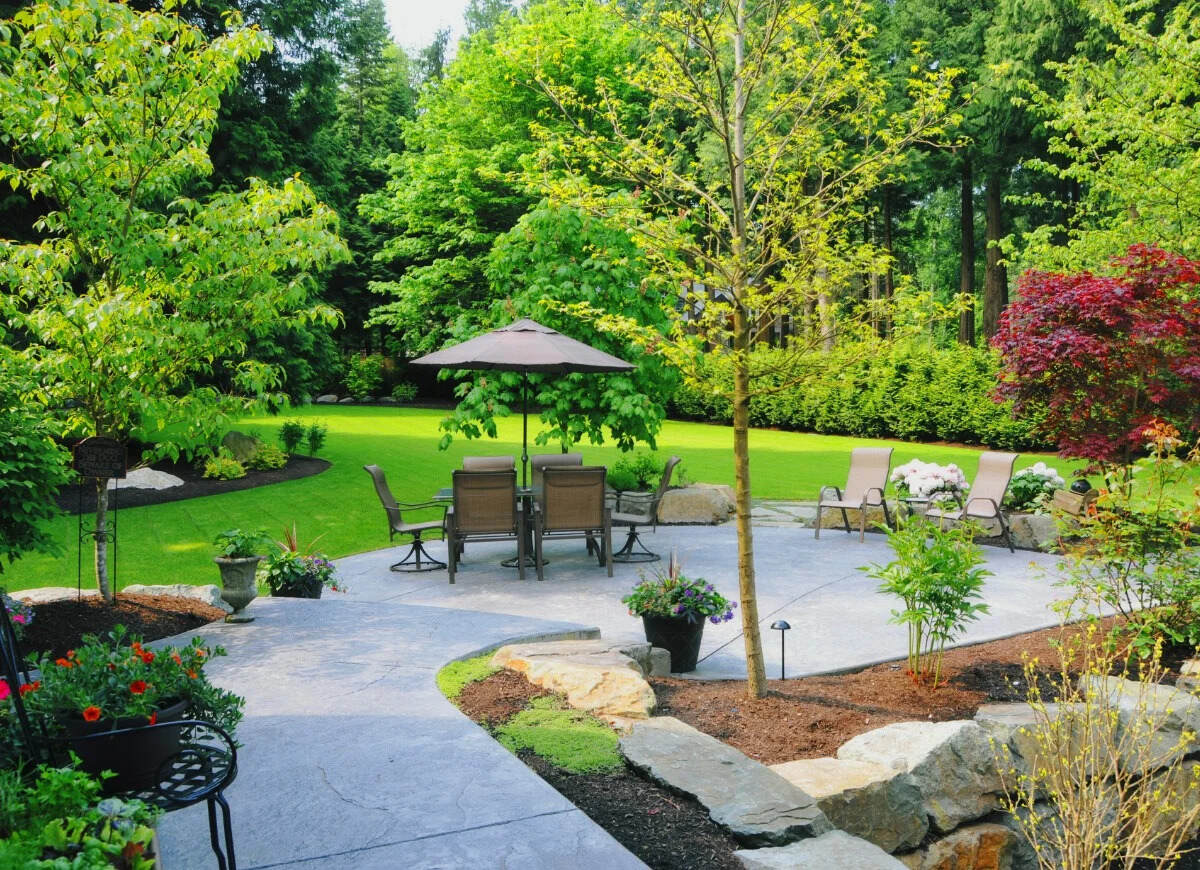
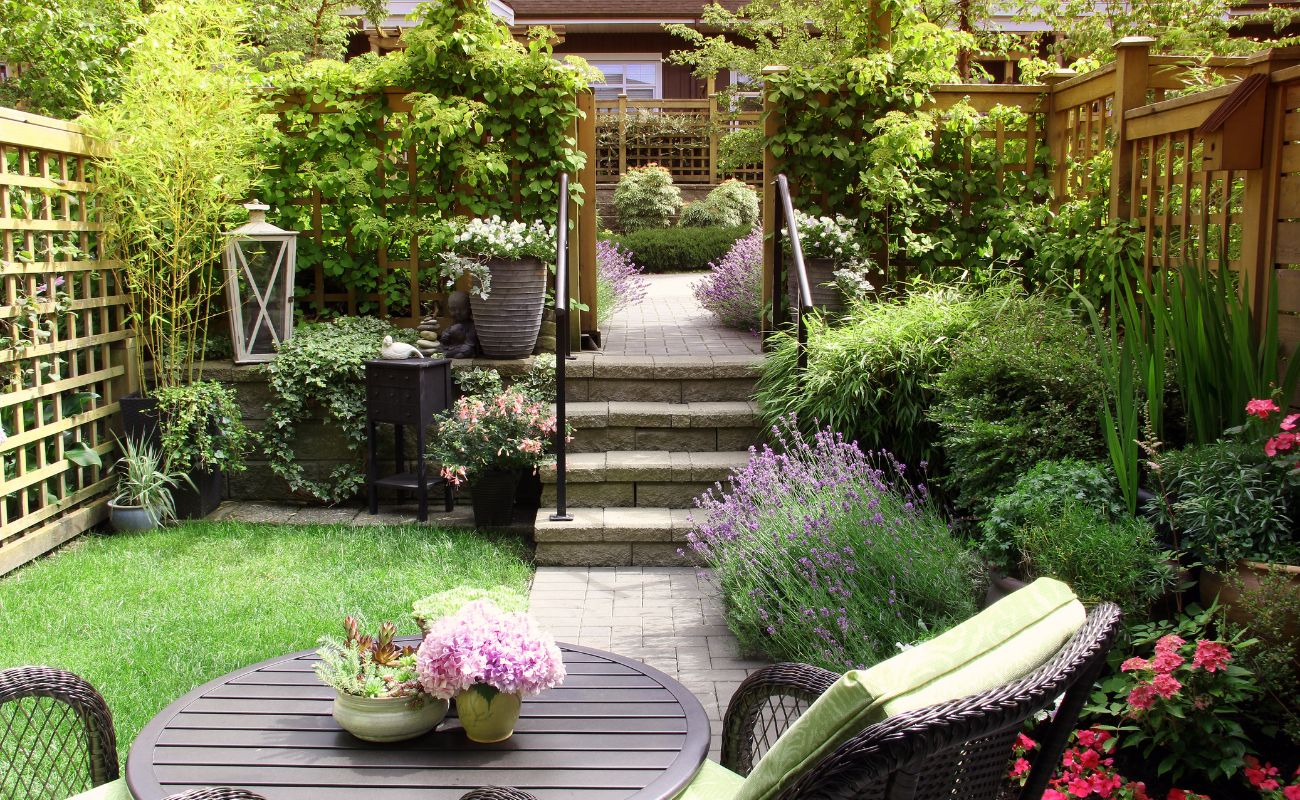

0 thoughts on “What Is A Patio”